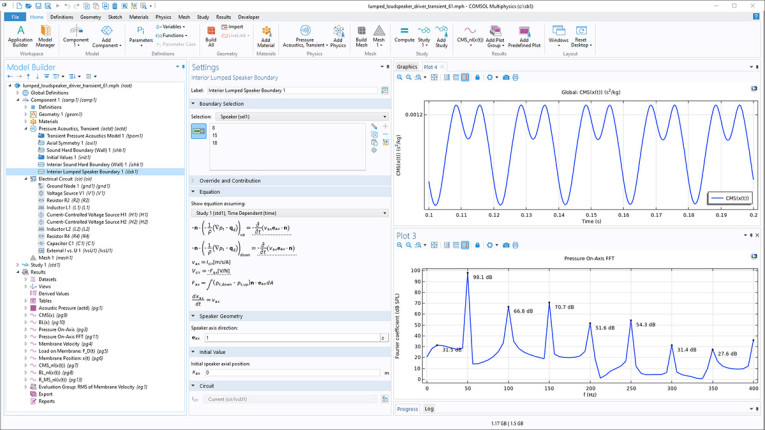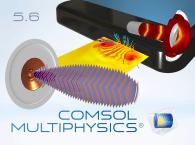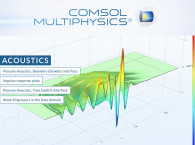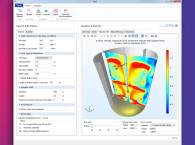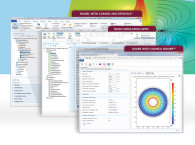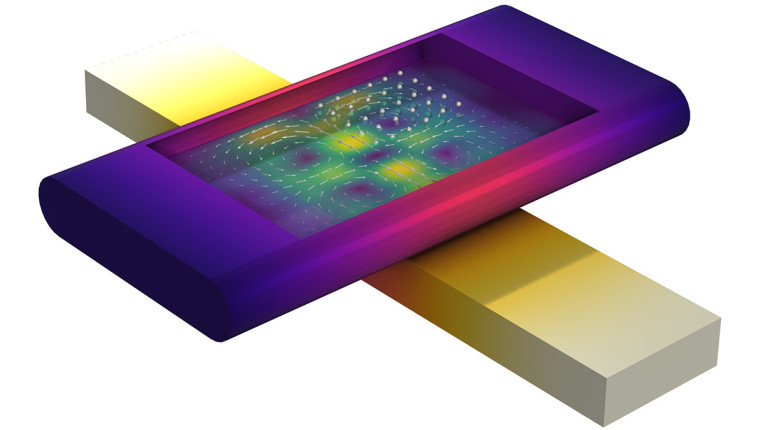
COMSOL Multiphysics is an integrated software environment for creating physics-based models and simulation apps that is increasingly used for product design and research. A particular strength is its ability to account for coupled or multiphysics phenomena, with add-on products for electromagnetics, structural, acoustics, fluid flow, heat transfer, and chemical applications.
Version 6.1 of COMSOL Multiphysics strengthens the platform with new capabilities for product development and innovation anchored in the laws of science. Every aspect of the software's simulation environment — from the ability to perform multiphysics analysis to the functionality for creating apps — delivers feature additions and workflow enhancements.

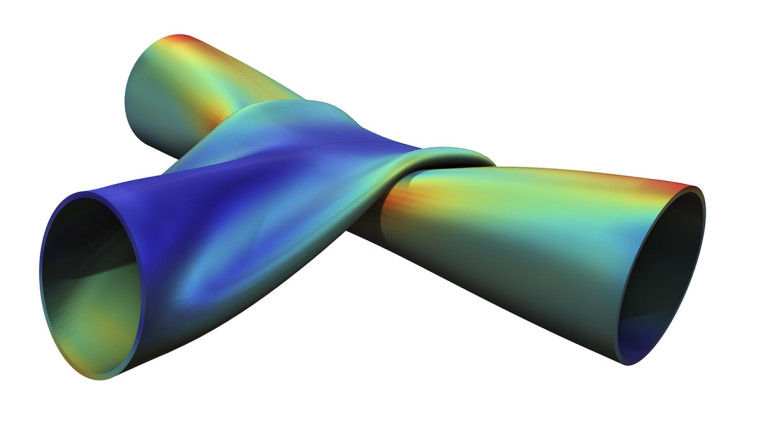
"This version provides our users with powerful multiphysics simulation tools in areas of highly competitive R&D, like audio technology and vehicle electrification," says Bjorn Sjodin, VP of product management at COMSOL. "We have also strengthened the software's foundation with new capabilities for optimization and the modeling of turbulent flow and mechanical contact."
This release brings major upgrades to the fluid flow and mechanical simulation products. The CFD Module now includes high-fidelity turbulent flow with detached eddy simulation (DES). This yields the accuracy of large eddy simulation (LES) with substantially less computational effort. A new and fast method for mechanical contact is included in the Structural Mechanics Module and the MEMS Module. It introduces new functionality for solids, shells, and membranes with full support for self-contacting surfaces. There is a new method for assigning materials to thin structures that makes it easier to analyze gaskets, adhesive layers, and claddings.
Version 6.1 further expands the software's capabilities for modeling speakers and microphones in consumer electronics with additional functionality for thermoviscous acoustics. "We have a large and growing community of users among leading developers of audio technology. They use our software to analyze everything from smartphone speakers to earbuds and hearing aids. The functionality in this release completes the Acoustics Module simulation environment for analyzing electrovibroacoustics of microtransducers and microacoustic systems," says Mads Herring Jensen, acoustics technology manager at COMSOL.

Additional highlights in COMSOL version 6.1 include:
- Version control of reports and CAD assemblies in the Model Manager
- Automatic simplification of imported ECAD layouts for faster meshing and solving
- Topology optimization with manufacturing constraints for milling
- Multidimensional interpolation and inverse uncertainty quantification
- Magnetohydrodynamics simulation with a library of liquid metals
- Flowmeter analysis that includes coupled piezoelectric, structural, acoustics, and fluid flow effects
- Simulation of acoustic streaming applications where ultrasound induces fluid motion
- Analysis of fuel cell performance that includes effects of fuel impurities
- Electrostatic discharge (ESD) simulation and prediction of lightning-induced damage to electronic components
- Thermal analysis of satellites in orbit
See the full Acoustics Module release highlights and tutorials here.
www.comsol.com
